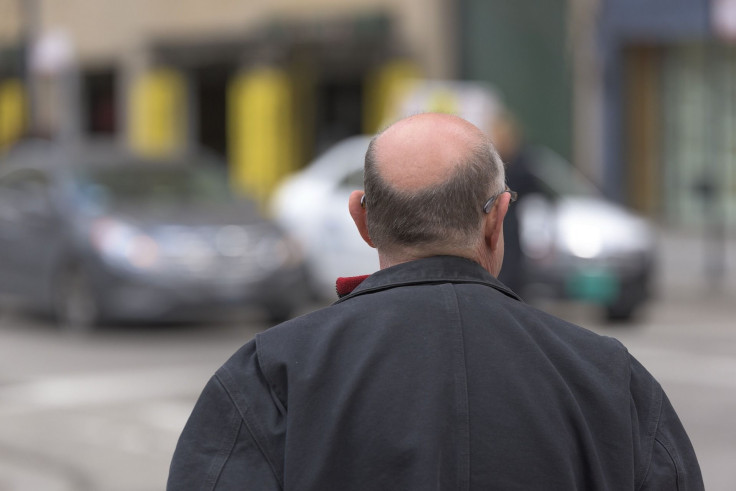Cure For Baldness In Skin Moles? Scientists Discover New Mechanism For Stimulating Hair Growth

Scientists have made a breakthrough discovery for stimulating hair growth. A new study has found the secret to hair growth is in the hairy skin moles, a finding that could be potentially used in treating baldness.
Androgenetic alopecia, also known as male-pattern baldness, is a genetic condition that involves the progressive thinning of hair follicles, making the hair finer and strands shorter over time. Alopecia starts in men with a receding hairline to form a characteristic "M" shape, which progresses to partial or complete baldness. In women, the condition does not cause receding hairline but causes overall thinning.
In the latest study, researchers from the University of California, Irvine, discovered the mechanism by which hair grows inside skin moles called nevi. The team found that the molecules osteopontin and CD44 can stimulate robust hair growth in hairy skin nevi.
According to the researchers, the mechanism by which aged or senescent cells in the skin moles make significant hair growth offers a road map for developing new molecular therapies to treat androgenetic alopecia.
"We found that senescent pigment cells produce large quantities of a specific signaling molecule called osteopontin, which causes normally dormant and diminutive hair follicles to activate their stem cells for the robust growth of long and thick hairs," said Maksim Plikus, a lead corresponding author of the study. "Senescent cells are typically viewed as detrimental to regeneration and are thought to drive the aging process as they accumulate in tissues throughout the body, but our research clearly shows that cellular senescence has a positive side to it."
Researchers evaluated mice models with pigmented skin spots that resembled human hairy skin nevi. They found the molecular interaction between osteopontin and CD44 activated the hair stem cells, resulting in robust hair growth.
The team further confirmed the role of osteopontin and CD44 by evaluating mouse models that lacked either one of these genes and found that they had significantly slower hair growth.
Osteopontin has been known for its functions in wound healing, tissue remodeling and inhibition of bone mineralization. However, it was not known that it could stimulate hair growth.
Researchers are planning to test the results in clinical trials. In the future, osteopontin and other hair-growing proteins could be potentially used in botox-like treatment for hair growth.
"Our findings provide qualitatively new insights into the relationship between senescent cells and tissue's own stem cells and reveal positive effects of senescent cells on hair follicle stem cells. As we learn more, that information can potentially be harnessed to develop new therapies that target properties of senescent cells and treat a wide range of regenerative disorders, including common hair loss," first and co-corresponding author Xiaojie Wang said.



























